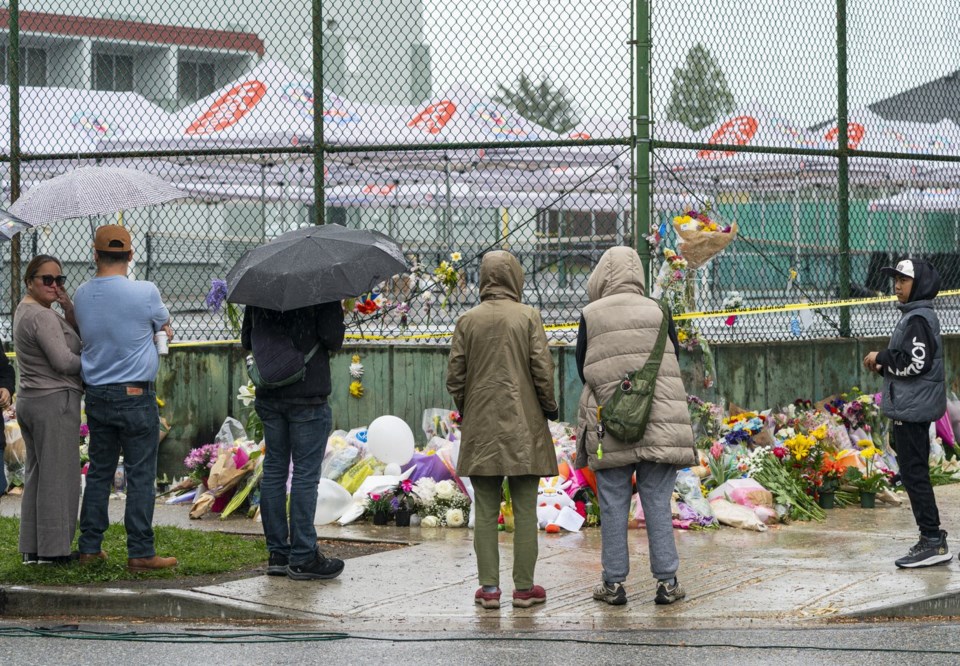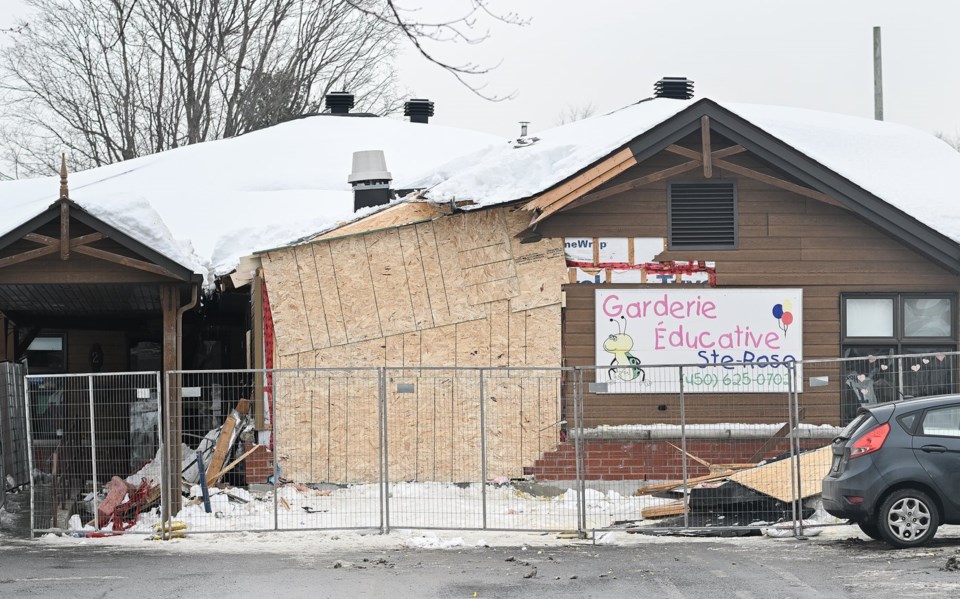OC Transpo continues to miss its targets for service delivery, punctuality and reliability and a “serious” maintenance backlog for its aging fleet means the transit authority will be running short of its minimum bus availability this month. OC Transpo general manager Renee Amilcar told councillors at Thursday’s transit commission meeting that the 98 per cent rate for daily trips delivered in 2024 was “not good.” “When we deliver a 96, 97 or even 98 per cent of the service, it’s bad.
It’s very bad,” Amilcar said. Those marks would be great grades in school, Amilcar said, “but not for transit ..

. not for buses. We need to deliver what we planned: 99.
5 per cent.” OC Transpo staff said they were expecting to operate with 521 available buses each day, which is short of the minimum 540 buses required to meet April service delivery requirements. The transit authority is also gearing up for its “New Ways to Bus” schedule, which will launch later this month.
Amilcar said OC Transpo would soon be offering a “free fare weekend” to thank customers and residents for their support and to celebrate the success of the LRT Lines 2 and 4 opening earlier this year. No date was set for the free weekend. Amilcar said those details would be announced in the coming weeks.
In March, OC Transpo’s service delivery rate dropped to 96.9 per cent. Staff said the cancellations last month were due to a lack of available buses, on-street adjustments for construction and a shortage of drivers, while other trips were cancelled due to mechanical breakdowns.
This past winter had a “profound” impact on the aging fleet, director for transit bus operations Rami El Feghali said. OC Transpo’s current fleet numbers 735 conventional buses and 79 Para Transpo buses, and the oldest diesel buses are just over 20 years old, El Feghali told the committee. “So far this year we have had to retire 18 buses that we had hoped to keep until the end of this year and reprioritize our maintenance regimes to put safe buses into service every day,” he said.
At a prior update to the committee, El Feghali said just over half of the diesel fleet was above the 15-year “useful life” cycle. “By this time next year, every single articulated bus in the fleet will be past their 15-year life cycle and officially due for retirement,” El Feghali said. “The 78 double-decker buses will be the only high-capacity buses below retirement age.
” The “challenges” presented by the aging fleet stem partly from a 12-month delay in approval and funding for e-buses, followed by a six-month delay in implementing and manufacturing with the ZEB (zero emission bus) program. That 18-month timeline continues to be extended by additional delivery delays, El Feghali said. The aging fleet has also “drastically” increased the maintenance workload at the main OC Transpo garage on St-Laurent Boulevard.
“Not only do we find an increase in the quantity of defects during maintenance inspections, but the defects that are found also increase in severity, which drives both the time and parts needed to put buses back into service,” El Feghali said. “This past winter had a profound impact on meeting our bus availability (targets) ..
. largely due to the sheer number of on-street defects that pulled our buses out of service, as well as corrosion damage to the structure and wiring systems of much of our aging fleet.” Garages had to “pivot their focus to faster and easier repairs to meet the daily bus service,” El Feghali said.
As a result, the backlog of “major” repair work has “rapidly accumulated.” Of the 735 conventional buses in the active fleet, 39 require major work necessitating more than 30 days in the garage. Those buses “will not be in service for some time — potentially never again,” El Feghali said.
OC Transpo schedules 24 buses per day for routine maintenance inspections, 11 each day for deep cleaning and an average of 20 buses for daily work orders, meaning the fleet has been operating with 120 buses pulled out of service each day for inspection and possible repairs. The number of “daily defects” was around 150 buses per day during the past winter months, El Feghali said. OC Transpo has had an average 521 buses available each day over the past several months, El Feghali said, which is short of the 540-minimum service requirement for April.
To address the backlog and to gear up for its “New Ways to Bus” campaign at the end of April, El Feghali said the transit authority would be placing additional pressure on the newer buses in the fleet and would need to “overdrive” its younger buses. Last year, the fleet of 2019 Nova buses drove 18,550 kilometres more than planned, translating to a 20 per cent increase in maintenance hours. Garages will now shift focus back to performing major maintenance work, despite the short-term impacts, El Feghali said, and OC Transpo is holding a recruitment campaign to hire 50 licensed mechanics to fill vacancies and to expand its working capacity.
Staff continue to search for low-cost used buses that could be refurbished, El Feghali said, “but have, so far, been unsuccessful.” Staff said they are looking to the delivery of more e-buses and the procurement of up to 50 new diesel buses, expected in late 2026 through 2027, as part of its long-term strategy. E-bus manufacturers New Flyer and Nova both experienced production delays impacting deliveries to several markets, including Ottawa.
There are currently 25 e-buses in Ottawa, including 18 that are in service and seven due to be on the road within one to two weeks. Another five e-buses are to be delivered by the end of April. OC Transpo expects to have 114 e-buses in service by early 2026 and has a goal of 354 e-buses by the end of 2027.
The next delivery of 80 e-buses is on schedule for 2026, OC Transpo staff said. [email protected].
Health

'Serious' maintenance backlog impacting OC Transpo's aging fleet

Director for transit bus operations Rami El Feghali says the number of defects found during maintenance inspections has increased, as has the severity of those defects.















